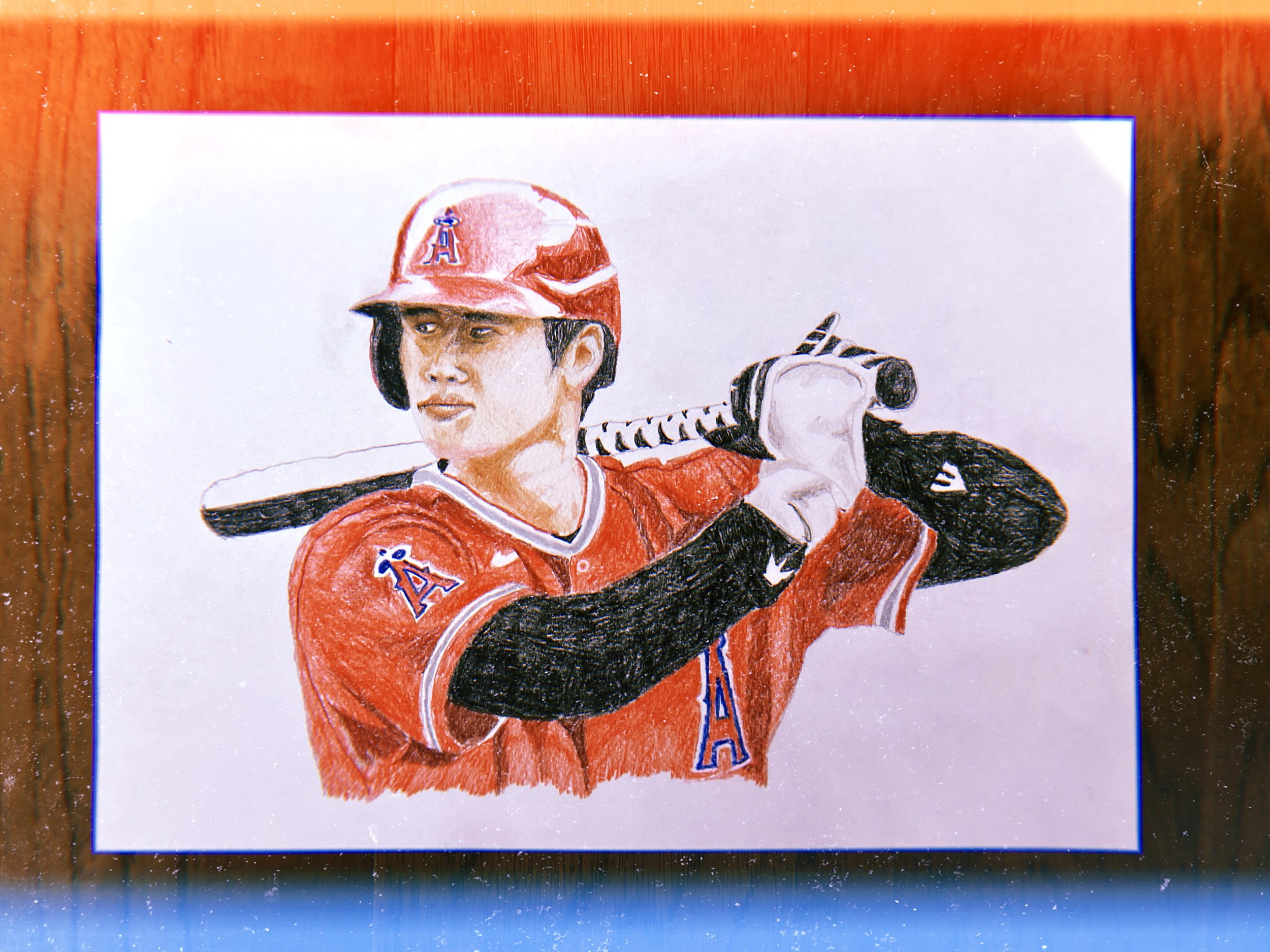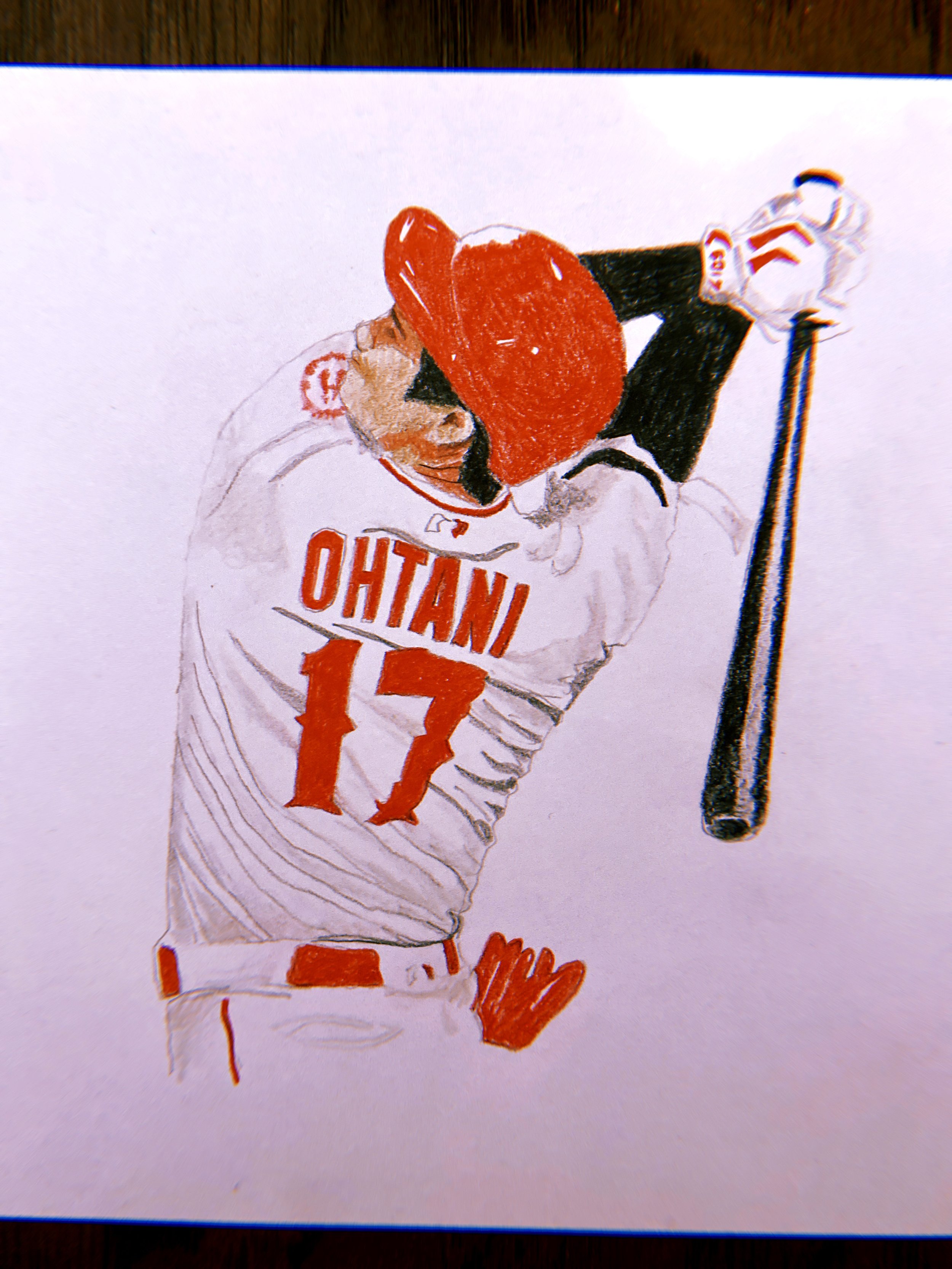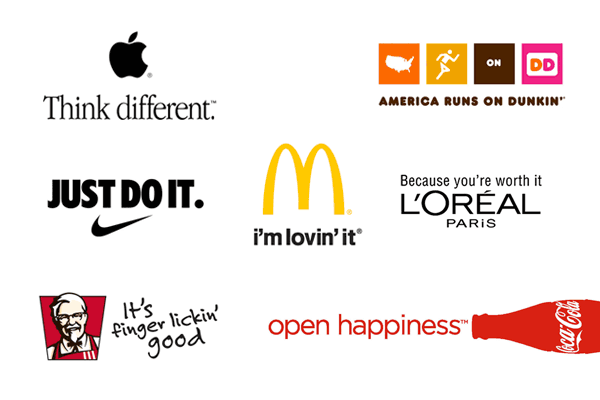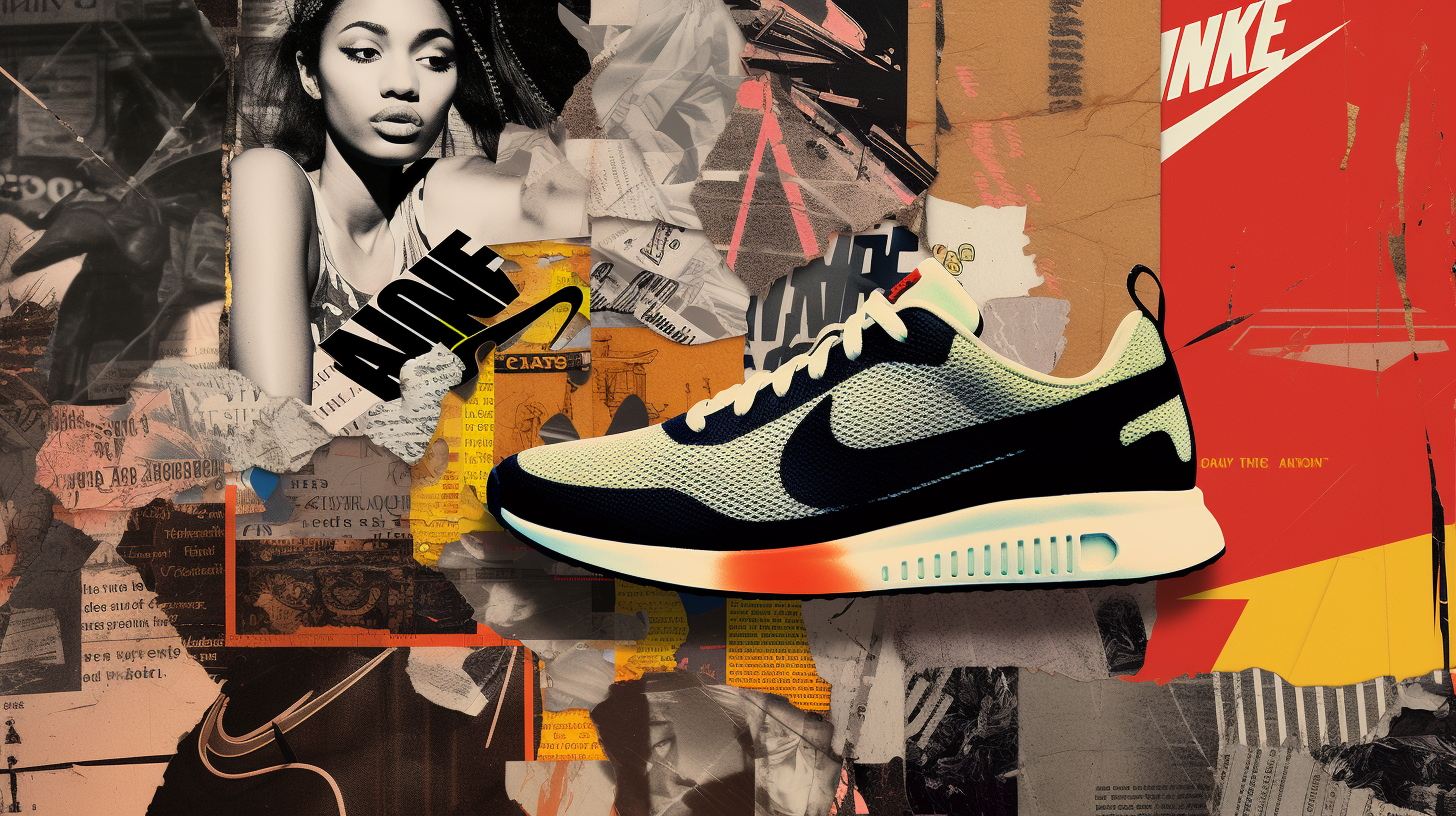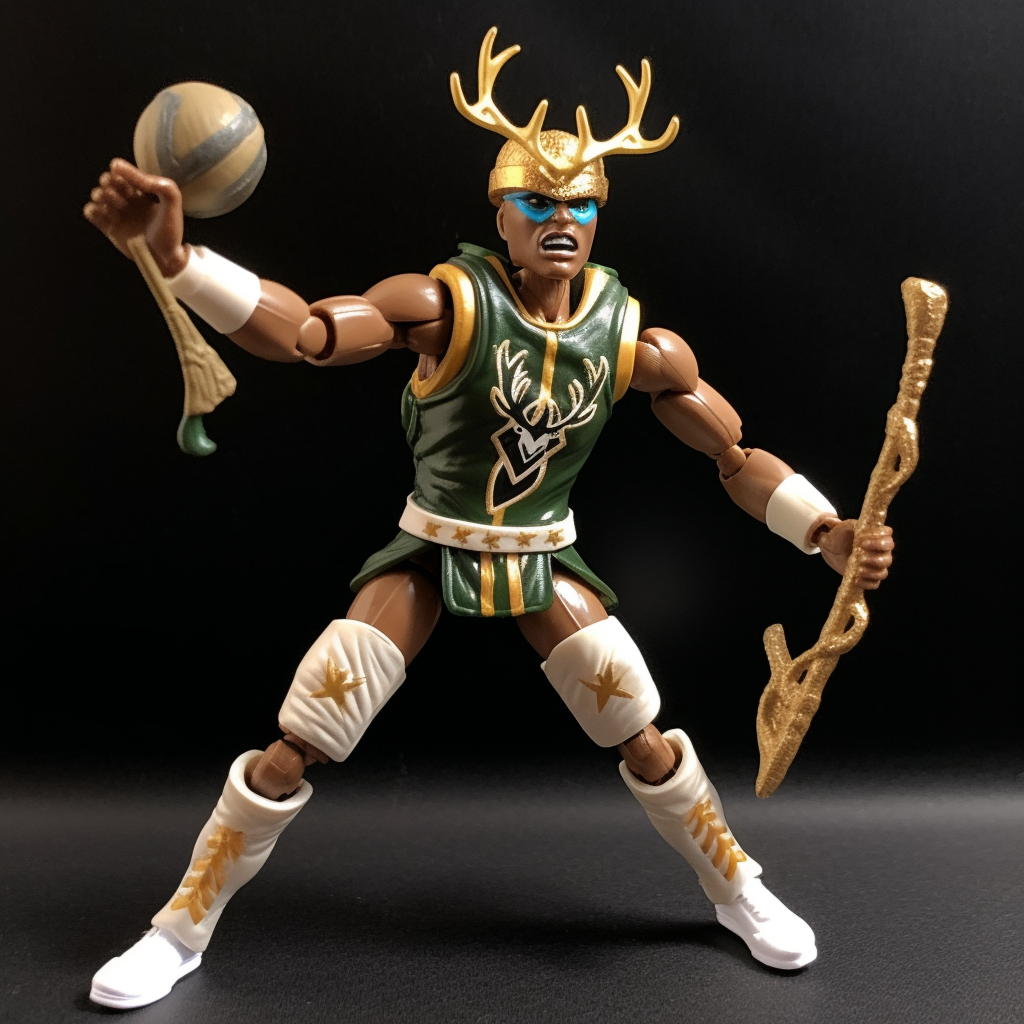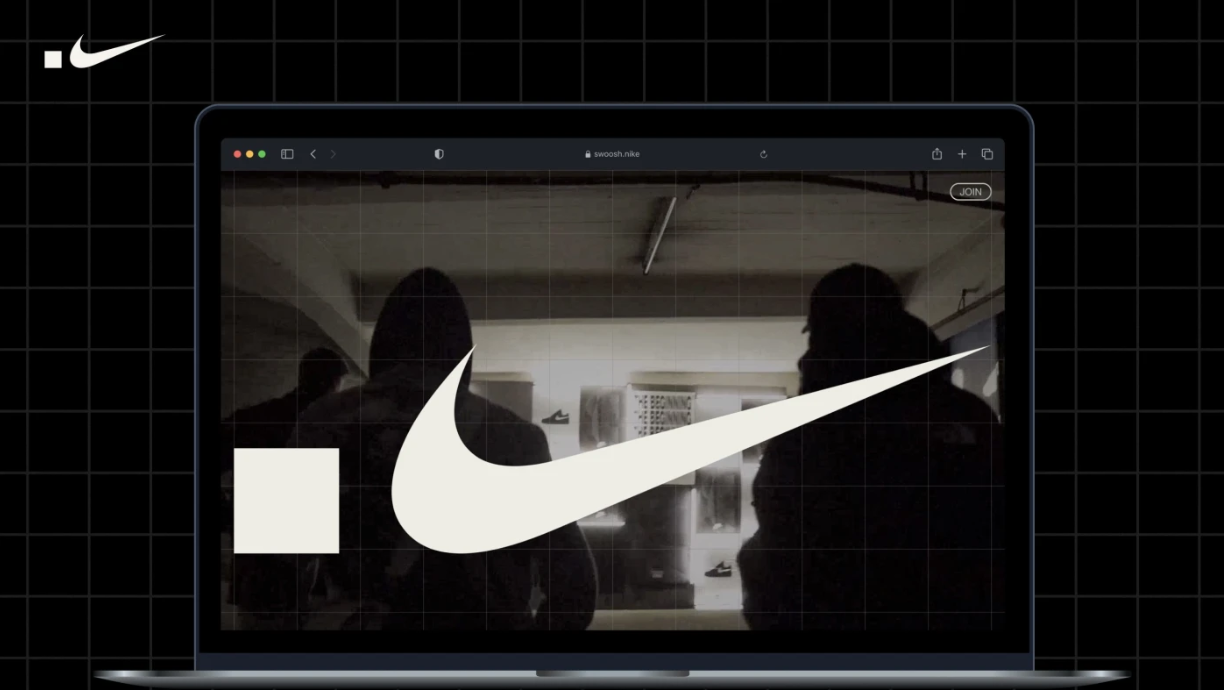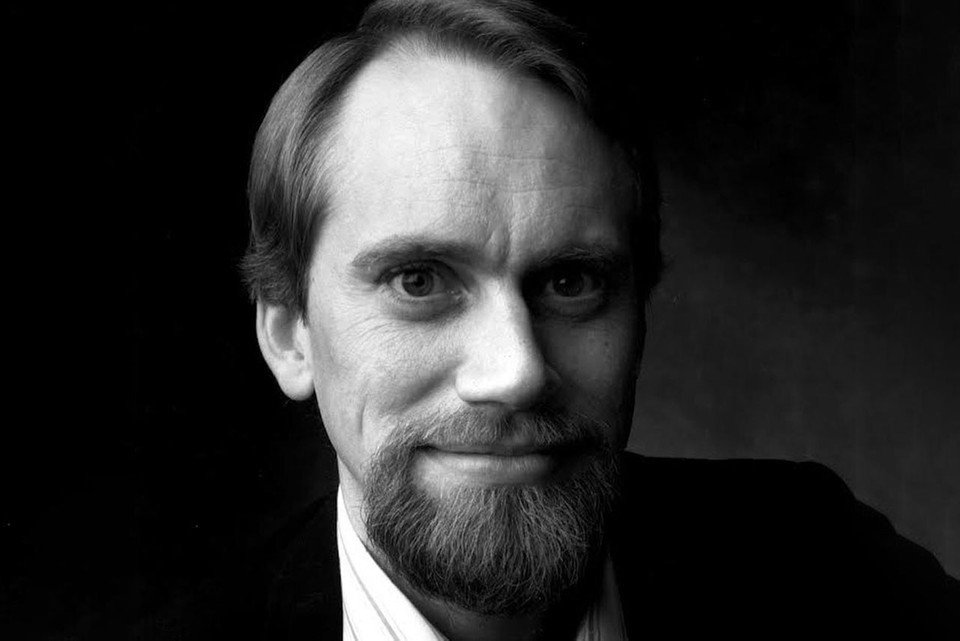A remembrance of an evening with Val Kilmer—where he conjured a provocation: the creative life begins when you stop asking for permission, find art in the everyday, and dare to make your own reality.
It wasn’t a conversation, not in the traditional sense. Val Kilmer didn’t stand behind a podium. He didn’t read from notes. He shuffled onstage, found an armchair that looked like it belonged in a sunken living room from 1978, and just—sat.
This was at my college, a small liberal arts school with an ambitious lecture series that had recently hosted former presidents Jimmy Carter, George H.W. Bush, Henry Kissinger, and an up-and-coming senator named Barack Obama. These were people of consequence. Leaders who made policy, waged war, held power.
But none of them had been Batman, Iceman, Doc Holliday and Jim Morrison all rolled into one. None of them had that strange electricity of myth and menace, all bottled in a single person.
The moment Kilmer appeared on stage, the air in the room changed.
This was post-Heat, post-Batman, the tail-end of a decade when he’d shape-shifted through a rogue’s gallery of icons. He was famous in a way that felt dangerous. You didn’t know what he’d say—and that was the point.
He opened the floor to questions immediately. No script. Just Val, free-associating through Twain and Shakespeare, quoting his own films, rhapsodizing about his kids, about cameras, about the stubborn, irrational act of making art. The whole night orbited one message:
Create your own reality.
Nobody’s going to hand it to you. And even when they do, you’ll have to fight to keep it. Surprise people. Be undeniable.
He told the story of landing The Doors. He hadn’t waited for a studio call. He recorded himself singing Morrison songs. Slipped one of his own into the demo, unlabeled. Even Oliver Stone couldn’t tell which was which. Neither could the remaining members of the band. He became Morrison, and by the time casting decisions were made, there was no decision. Val was the Lizard King.
He talked about being the first person he knew to own a video camera. He filmed constantly. It was the same footage that would, decades later, form the spine of Val, his devastating, luminous 2020 documentary.
And somewhere in those rambling minutes, something clicked in me.
That night, Kilmer didn’t just perform. He modeled something. A way of living as an artist—scrappy, obsessive, defiant, enchanted. Shortly after Kilmer’s talk, I started carrying around my own video camera. I shot everything. DIY remakes of Psycho. Art films about levitating scissors. Late-night antics at Denny’s . I wasn’t trying to make something perfect. I was trying to live creatively. To treat reality as pliable. To find everlasting moments in every day. Val would understand.
It’s easy to remember the fun stuff. He did say “I’m your Huckleberry,” and yes, he told a story about Marlon Brando so strange it felt like a hallucination—involving face paint and a kimono. But what stayed with me were the deeper threads—about fate, failure, and the fragile, self-styled scaffolding that holds up an artistic life.
When someone asked about his reputation for being “difficult,” he didn’t flinch. He spoke about being a guardian of truth—for the characters he played. If he found something essential, he fought for it. The work didn’t have to be easy. It had to be real.
He talked about his son thinking he was actually Batman, not Val. Even after showing his son the movie, the boy was not convinced, and assured that he was Batman, and not his father onscreen, despite the blockbuster proof. What is reality anyway?
Maybe we are all Batman.
Kilmer painted, drew, made collages. None of that showed up in the tabloids, but it pulsed through him that night. A creative energy too unruly for one medium. You realized that the onscreen personas were just fragments and borrowed masks—glimpses of someone constantly inventing, constantly seeking.
I watched Val recently. Listened to the audiobook of his memoir I’m Your Huckleberry. Rewatched Tombstone, then Heat. And suddenly, I was back in that auditorium. In the dark. Watching a man peel away the myth and try on masks, only to reveal something stranger: a deeply sincere, wildly imperfect, defiantly poetic romantic. It was impossible not to feel inspired by that.
He made rebellion feel sacred. Mischief felt like method. He refused to play the Hollywood game, even as he conquered it. His career was a masterclass in turning dust into gold and getting bored the moment it gleamed.
Yes, he made baffling choices. Burned bridges. Took detours no manager would have greenlit. And yet he carved out something rare: a career that was his. A life of ecstatic contradictions.
He turned down the easy version of success. Maybe he regretted it. Maybe he didn’t. What’s certain is that he kept surprising us, right up until his voice gave out, and then—somehow—kept talking.
That night affirmed something in me.
I stopped waiting for permission. I stopped bowing down to so-called gatekeepers and forces I can’t control. I started making things. Well, I started making more things. Different things. Experiments. And I’ve kept on, trusting that if you throw enough wonder into the world, something unexpected will come back. It worked for Val, and over time, I’ve seen it play out in my domain as well.
Val Kilmer was, and is, our Huckleberry.
A trickster-poet in a cape. A dreamer who saw art everywhere. The crew-cut scene-stealer who once stole Top Gun from Tom Cruise with a single, arrogant chomp of chewing gum.
The Lizard King who refused to let The End define him—but instead transform him.
And when we look back, when we really trace the strange flickering light he left behind, what do we see?
We see the ghost of Jim Morrison swaggering through firelight, singing prophecy through a veil of leather and smoke—somehow about something more soulful than an expected chronicle of sex, drugs, rock n’ roll.
We see Doc Holliday, pale and facing the void, still faster on the draw than anyone alive. A Southern specter, one foot in the grave, the other in poetry.
We see Batman, not the brooding demigod of later years, but something more tormented—more Shakespearean. A Batman who looked like he’d read Hamlet and meant it.
We see Chris Shiherlis in Heat, silent and wounded, a thief with the face of a fallen angel and the soul of someone already halfway gone.
And we see Val himself, in Val, the final act, stripped of voice but not spirit. Archiving his own myth with love, regret, and more vulnerability than Hollywood ever knew what to do with.
Each of these characters was a mask. And each mask revealed something truer.
Because Val Kilmer didn’t just play icons. He inhabited them. Bent their voices to his cadence. Let their ghosts borrow his skin. He moved through genre, through persona, through time, as if this life was just one long improv scene and he was dead set on finding its truth before the lights went down.
And maybe that’s the real secret:
He was never just acting.
He was becoming.
Becoming the outlaw.
Becoming the poet.
Becoming the myth.
Becoming a cosmic jester with paint on his hands and a camera in his palm, chasing beauty across deserts and backlots and dreams.
Some actors fade.
Val burned.
With brilliance. With mess. With risk. With refusal.
He created a reality larger than the screen. A creative life so alive it bled off the edges. A rock opera of detours and digressions that joyfully haunt us all.
So here’s to Val.
Our Huckleberry.
Our Saint.
Our fading gunfighter, laughing into the abyss.
Our shapeshifter in the spotlight.
Our silent poet in the wings.
Val, if you're listening—
as you're out there still filming, still dreaming, still editing the reel of your cosmic cut—know this:
You didn’t just live a life.
You performed a constellation.
And we, lucky as hell, got to look up.







